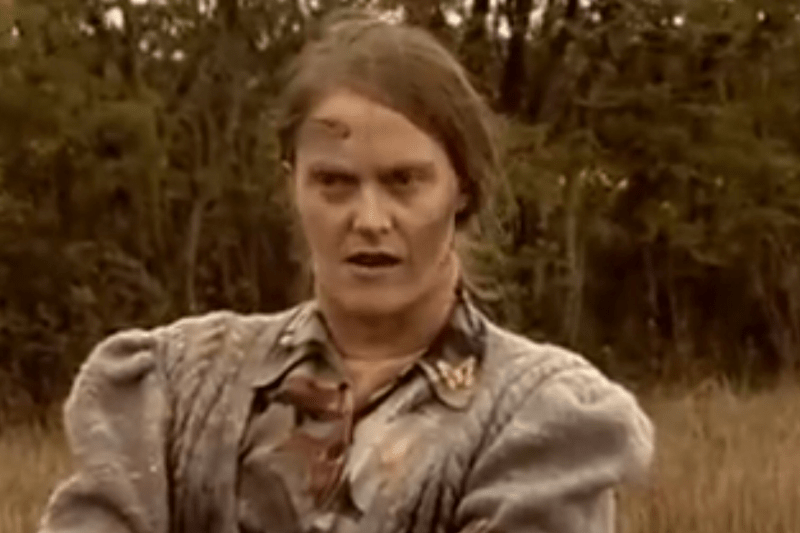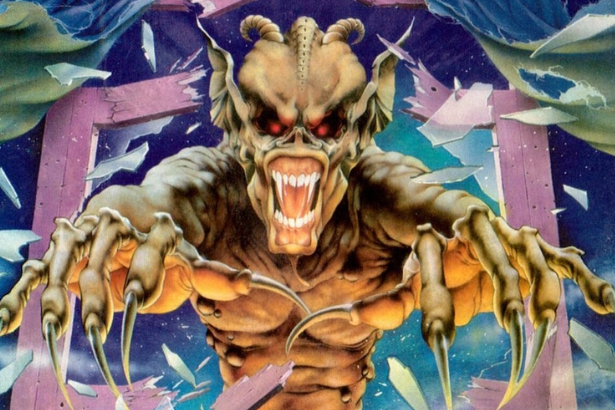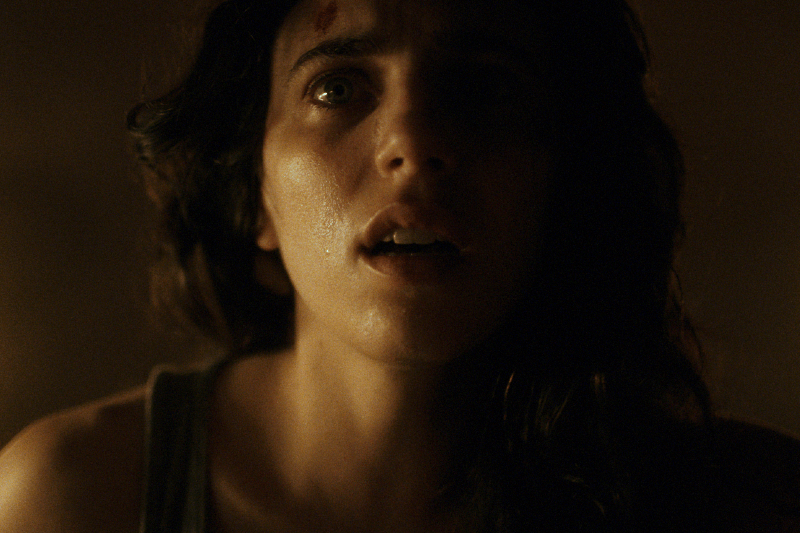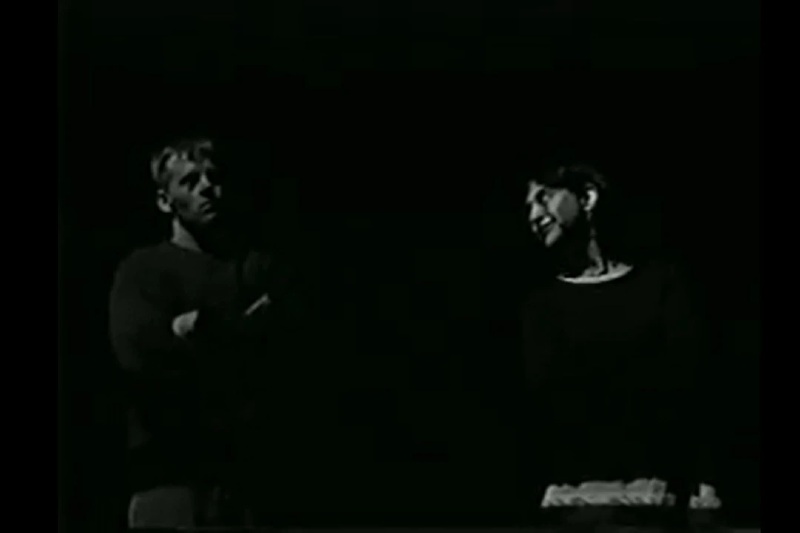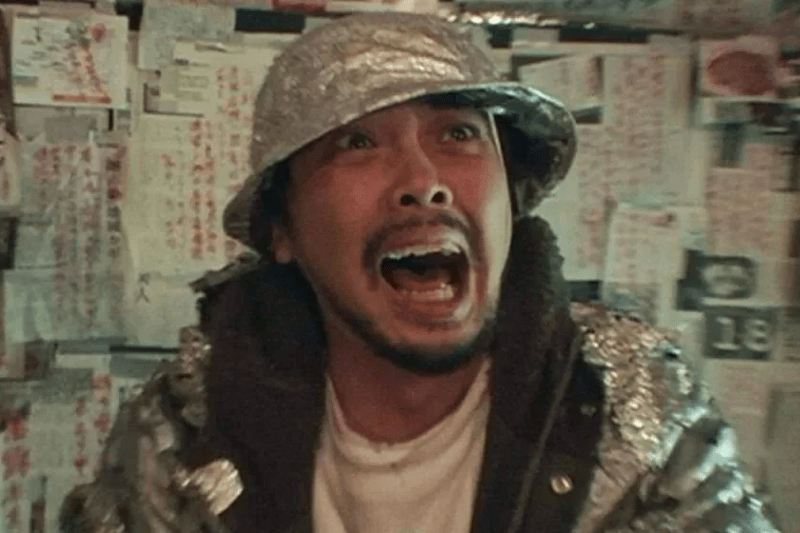Between its dark folklore of banshees, púcas, and its festival of Samhain – not to mention an infamous gothic literary tradition that birthed authors such as Bram Stoker, Sheridan LeFanu, and Oscar Wilde – Ireland is steeped in horror. But contrary to its ominous history and folk origins, Ireland’s horror film industry is not even twenty years old. With a lack of Irish-produced horror films being released into the market, it would take independent filmmaker Conor McMahon’s zombie DIY vision Dead Meat to kick-start horror cinema in Ireland and pave the way for the future Irish horror boom that would follow.
Ireland is a country that has been plagued with a long and tumultuous colonialist history. That history has trickled down to the present day and has even shaped Ireland’s cinematic landscape. Whereas many other nations had developed their cinematic industry since the advent of the film screen, Ireland would not begin to seriously produce domestic films until 1958 with the building of the infamous Ardmore Studios. Even with the expansion of Ardmore, Ireland would continue to produce mainly political films which reflected the country’s history of unrest or the odd literary adaptation such as Playboy of The Western World.
Despite Irish directors like Neil Jordan and actors such as Liam Neeson gaining international recognition, “Irish” films such as My Left Foot and The Commitments were still produced by overseas companies from Britain and America. Apart from Irish-produced films receiving a complete lack of funding or attention, the country’s censorship laws were also heavily governed and influenced by the Catholic church. This made it difficult for Irish cinema to explore the genre of horror. It wasn’t until 2004, with the backing of a re-established Irish Film Board (now known as Screen Ireland or Fís Éireann), that Ireland produced one of its very first horror films: Dead Meat.
Written and directed by McMahon, Dead Meat is set in the Leitrim countryside where Helena, played by Marian Araujo, and her partner Martin (David Ryan) are driving down a desolate road when they hit a local man with their car. After discovering the man is deceased, they haul his body into the blanketed back seat of their car, hoping to come across a nearby house where they can call for help. Unfortunately for them, the man isn’t as dead as they initially thought, and after springing back to life, he bites Martin and leaves Helena searching for help. Whilst looking in a deserted farmhouse, the newly zombified Martin attacks Helena – much to his own demise – and leaves her to wander the desolate countryside. Soon she meets local gravedigger Desmond (David Muyllaert), and together they fight their way through the increasing hordes of undead to survive.
Produced on a budget of just €110,000 ($121,000), Dead Meat was the first film released under a new funding scheme by The Irish Film Board to encourage independent filmmakers to produce films with a microbudget. Like most films working under a minuscule budget, Dead Meat is a practice of creativity under constraints. The crew would re-purpose donated set pieces and recruit film extras from the local pub to keep costs low.
And despite the lack of substantial funding, Dead Meat is still a fine example of DIY zombie violence and gore at its independent horror B-movie best. Featuring such gems as Helena using a vacuum cleaner to suck the eyeball out of her zombified now ex-boyfriend Martin and the usual zombie decapitations, Dead Meat definitely doesn’t disappoint in the areas of bloody practical effects. Dead Meat does suffer from a lack of substantial dialogue or character development; however, this could perhaps be chalked up to its budgetary restrictions.
Dead Meat’s influences are firmly rooted in the iconic zombie movies of George A. Romero. Final girl-esque character Helena bears a striking resemblance to Judith O’Dea’s Barbara from Night of the Living Dead, complete with beige colored costume piece. The film even appropriates and pays homage to the infamous zombie arm dream scene from Day of The Dead. Just as Romero’s zombie franchise became a subtextual commentary on race relations, consumerism, and political climates in America, Dead Meat also, albeit subtly, is a commentary on the society in which it is set. Its environment is one of rural desolation, containing shots of decaying, maggot-infested carcasses and a depiction of mad cow disease (the causality of the zombie pandemic).
It’s difficult not to attribute the film’s underlying message as representing the death and decay of rural Ireland. With a farming tradition that once was booming, country villages and towns soon began to dwindle post-millennium, with people emigrating towards cities and further afield. Even in the film’s final sequence – where a large number of the local country folk are rounded up into the backs of trucks by army personnel in hazmat suits, fate unknown but looking grim – Deat Meat appears to capture both the current state of many Irish rural communities and the attitudes of city inhabitants versus those of the countryside.
Whilst Dead Meat may be an exercise in micro-budget filmmaking that does not seek to break ground in an already oversaturated zombie market, it demonstrated that there was indeed a potential for Irish horror cinema to begin to establish itself in the hands of independent filmmakers without the need of overseas financial backing. McMahon opened the gates for filmmakers to produce horror films that were quintessentially and undoubtedly Irish, much in the same vein as the unique horror cinematic industries of places like Japan, Korea, and Britain. Fitting, then, that a zombie movie breathed new life into Irish horror as we know it.
